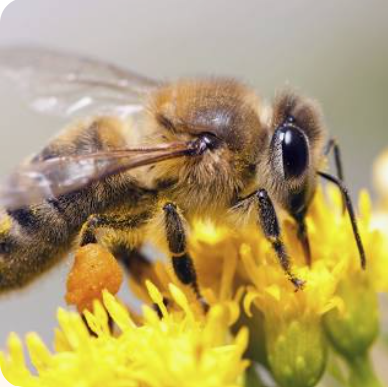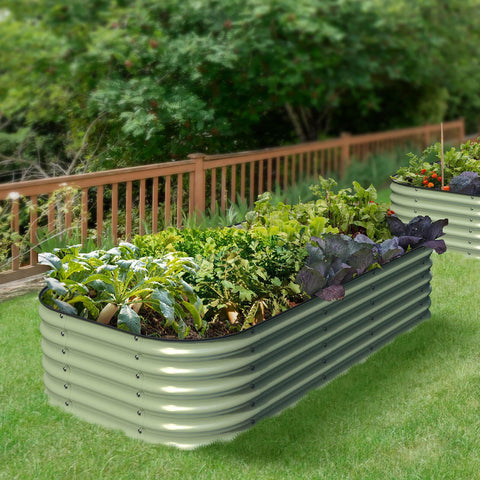Knowledge from Olle Garden Bed:Creating Bee-Friendly Gardens with Raised Beds
In today's world, the decline in pollinator populations, particularly bees, has become a significant concern for gardeners and environmentalists alike. Bees play a crucial role in pollinating our crops and sustaining the delicate balance of our ecosystems. One way we can contribute to their conservation is by creating bee-friendly gardens. In this blog, we'll explore the importance of pollinators, discuss the benefits of raised bed gardening, and provide tips on how to create a bee-friendly garden with raised beds.
The Importance of Pollinators
Before delving into the specifics of creating a bee-friendly garden, let's take a moment to understand why pollinators, especially bees, are so vital to our environment:
- Crop Pollination: Bees are responsible for pollinating many of the fruits, vegetables, and nuts we consume. Without them, our food supply would be greatly diminished.
- Biodiversity: Bees also play a crucial role in pollinating wildflowers and other plants, which, in turn, support diverse ecosystems and wildlife.
- Economic Impact: The value of pollination to agriculture is enormous, contributing billions of dollars to the global economy each year.
- Medicine Production: Bees are involved in pollinating plants used in herbal remedies and medicines.

Now, let's explore how raised bed gardening can be a game-changer for creating bee-friendly gardens.
The Benefits of Raised Bed Gardening for Bees
Raised bed gardening offers several advantages that can make your garden more attractive to bees:
Improved Drainage: Raised beds typically have better drainage, preventing waterlogged soil, which can be detrimental to plants and bee-attracting flowers.
Warmer Soil: Raised beds warm up earlier in the spring, providing bees with a head start on foraging for nectar and pollen.
Elevated Accessibility: The raised design of beds makes it easier for bees to access flowers, reducing competition with other ground-dwelling insects.
Soil Control: You have greater control over the quality of your garden's soil in raised beds, ensuring optimal conditions for bee-friendly plants.
Creating a Bee-Friendly Raised Bed Garden
Now that you understand the significance of pollinators and the benefits of raised bed gardening let's delve into the steps to create a bee-friendly raised bed garden:
Select the Right Location: Choose a sunny spot for your raised beds as most bee-attracting plants thrive in full sun. Ensure it's easily accessible to bees.

Choose Bee-Friendly Plants: Plant a variety of flowers and herbs that attract bees. Native wildflowers, lavender, bee balm, salvia, and sunflowers are excellent choices.
Plan for Continuous Bloom: Select plants with staggered blooming periods to provide a consistent food source for bees throughout the growing season.
Avoid Pesticides: Refrain from using chemical pesticides in your garden, as they can harm bees. Instead, opt for natural pest control methods.
Provide Water: Bees need water too! Place a shallow dish with fresh water near your raised beds to keep them hydrated
Mulch Thoughtfully: Use mulch sparingly, as some bees nest in the ground. Excessive mulch can make it challenging for them to access their nests.
Offer Shelter: Consider adding bee houses or bee condos to provide nesting sites for solitary bees.
Raised bed gardens that are bee-friendly are not only rewarding and attractive, but they also make a substantial contribution to pollinator conservation. You promote the health of our world by giving bees a place to live in addition to helping to preserve the health of your garden. So get your hands dirty, plant some bee-attracting flowers in your raised beds, and watch as these vital pollinators bring life to your garden. Your efforts will have a huge impact!
